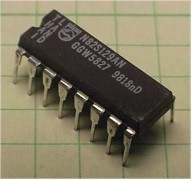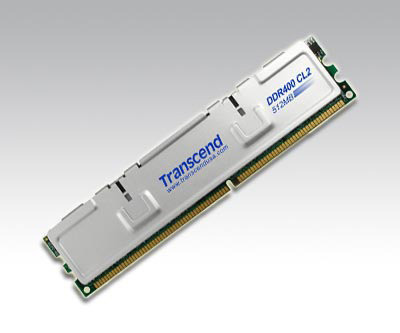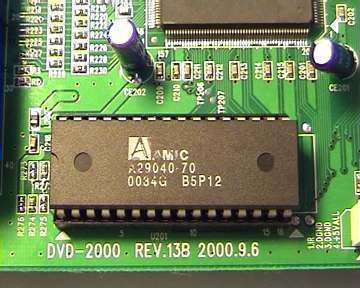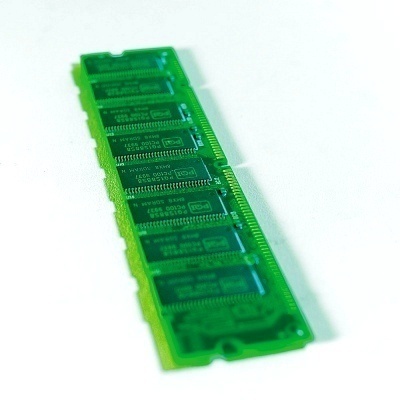PROM stands for Programmable Read-Only Memory. It was invented by Wen Tsing Chow in 1956. Unlike a ROM chip, a PROM chip comes from the manufacturers devoid of any programming. Programming is done by the end user or the makers of electronic devices which require a permanent data storage device. Since it is cheaper than a ROM chip, it is also useful for making experimental programming test runs. Successful programming can later on be applied to a ROM chip at manufacture.
A PROM chip can only be programmed with the desired data once. Data or programming information stored in PROM chips is permanent. A PROM chip is also non-volatile so data is not lost when power is turned off.
Physical Structure
The PROM chip is physically similar to a ROM chip as it also has an array of columns and rows. Unlike the ROM chip, however, all columns and rows are connected by a fuse at their points of intersection. Every point of connection determines one cell or one bit. Since connection between the columns and rows is intact and therefore charges can pass unhindered from column to rows, a newly manufactured PROM chip's cells all have a value of 1.
PROM Programmer
A PROM Programmer, also known as a PROM blower, is used in programming a PROM chip. The PROM programmer is a device that can hold and program more than one PROM chip at the same time. Basically, what it does is melt the fuses where the truth table data indicates the value of a cell or bit should be 0.
Programming a PROM
The process of programming a PROM chip is called PROM "burning" or "blowing" because it involves burning or blowing out the fuses of some cells whose value needs to be altered from 1 to 0.
Before programming a PROM chip, the PROM programmer is first configured so it contains the desired PROM burning instructions. After this is done, the PROM chip is inserted into one of the PROM programmer slots.
The PROM programmer sends a predetermined amount of voltage pulse ranging from 12 to 21 volts. This high voltage is directed only to the fuses belonging to cells whose value has to be changed from 1 to 0.
When the charge reaches the fuse, the high voltage causes this fuse to blow out or burn out. The burned out fuse no longer connects a column to a row in a cell and the row is rendered incapable of receiving any charge from the column. The cell with a burned out fuse has a value of 0.
PROM programming is irreversible because burning a PROM involves permanent damage to some of the fuses. The cells whose fuses have been burned out will have a permanent value of 0. After PROM programming has been accomplished, there's no returning the altered cells' value back to 1. Thus, the PROM chip's programming cannot be modified and no new data can be written to an already programmed PROM chip.




booty
Electrostatic discharge doesn’t affect the LOW bits. Not sure about the HIGH bits.
Justin Watkins
Will electrostatic discharge destroy a P.R.O.M. chip?